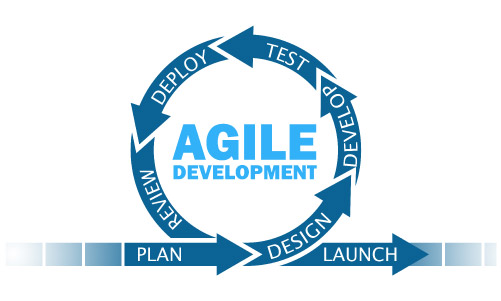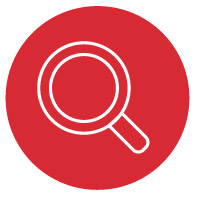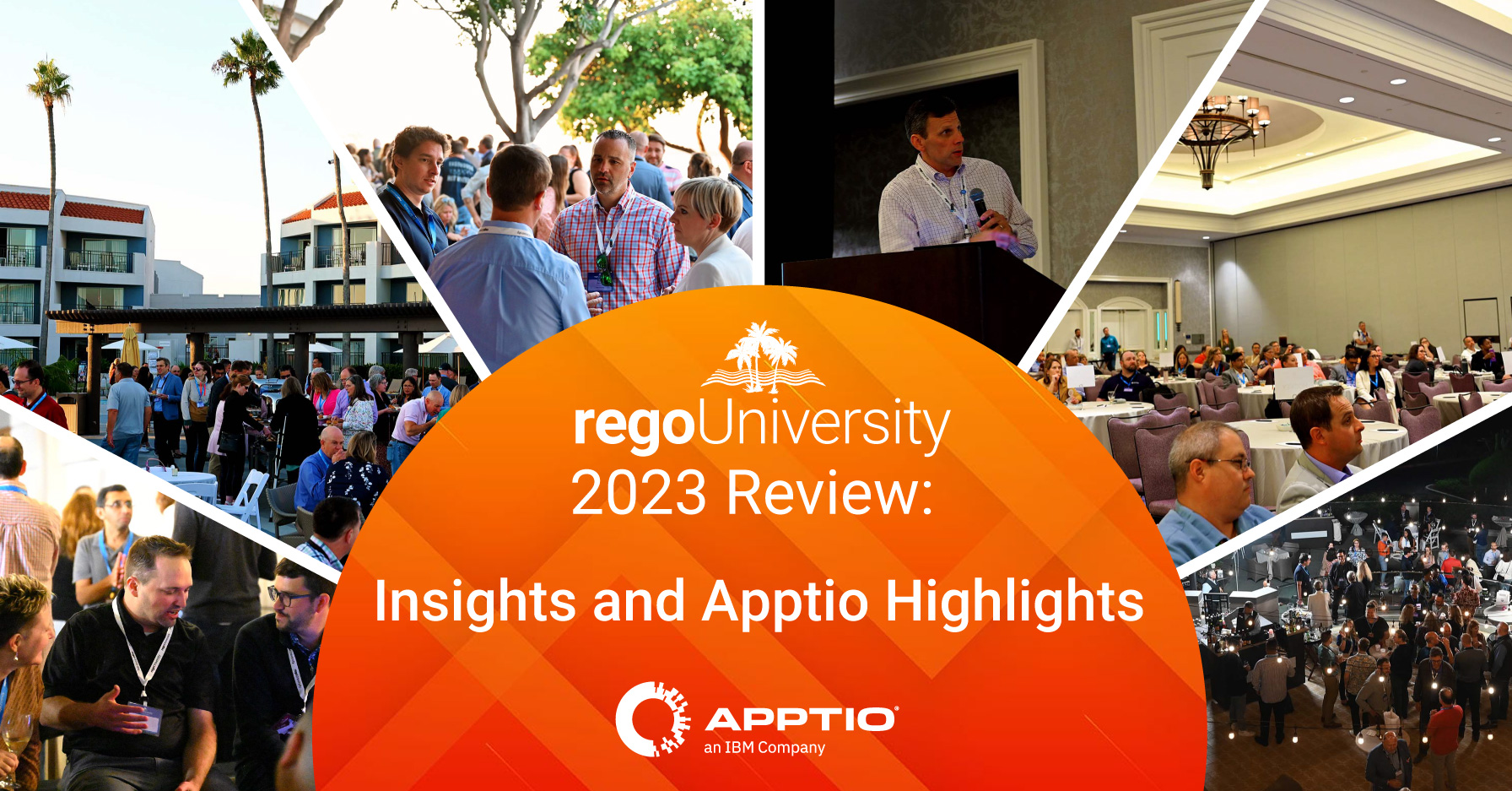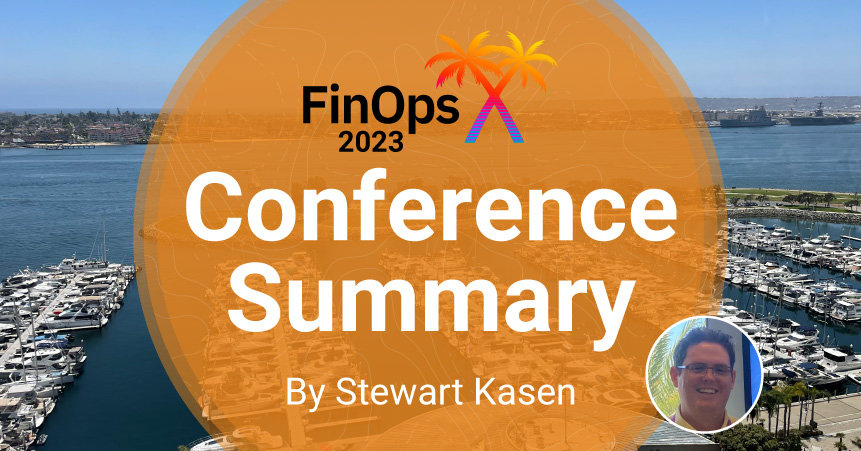
 Thinking about moving to Agile? Read on to gain actionable Agile financial insights and learn about the delivery ecosystem.
Thinking about moving to Agile? Read on to gain actionable Agile financial insights and learn about the delivery ecosystem.
The way we do business is changing every day. If you’ve noticed the increasing drive toward complexity in digital business, you’re not alone. Many companies are looking to make this transformation, but lack the organizational infrastructure and tools required to make planning and delivery nimbler.
Currently, three primary enablers drive complexity:
- The Cloud
Drives agility and elasticity in Agile development teams by combining traditional Waterfall and Agile methods, including moving to scalable cloud solutions. - The Strategic Vendor
Moves away from tactical staff augmentation and T&M contracts in favor of strategic partnerships, which allow for faster delivery. - Agile Transformation
Product-centric development in the Agile methodology speeds up time-to-market, reduces project costs, and delivers greater value to stakeholders.
Unfortunately, these changes can be difficult for many. Traditional functional reporting hierarchies are entrenched in most organizations, and the mindset needs to change to adapt to a new Agile-oriented structure. Work-spaces often become more open to facilitate greater collaboration, leaving behind the days of offices and conference rooms. People may be trained in the Agile methodology but don’t really understand how their day-to-day workflow will change.

That’s not all. IT departments also struggle to plan and measure the financial impact of Agile development with the new delivery cycles they have adopted because Agile methodologies and tools focus on enabling Agile release trains and teams. These work management tools don’t include the necessary data to help Finance understand what they plan to capitalize versus what they actually capitalize. And, they struggle to communicate to the Business how much they need for funding or provide the visibility into their funded initiatives.
 When IT doesn’t have the complete tools ecosystem they need to support Agile financial planning and track delivery, they struggle to implement Agile successfully. That’s why they need a simple solution, as opposed to complex project management systems, spreadsheets, data lakes, and other reporting tools.
When IT doesn’t have the complete tools ecosystem they need to support Agile financial planning and track delivery, they struggle to implement Agile successfully. That’s why they need a simple solution, as opposed to complex project management systems, spreadsheets, data lakes, and other reporting tools.
The key is to remember The Agile Manifesto and why you’ve chosen to go Agile in the first place.
- Focus on people over tools.
Consider what they do and how they work. Support people as they transition to their new roles and explain why the transition to Agile is important to the company and the opportunity it brings to their careers. Remember to pay attention to people who remain in functional reporting hierarchies and guide them in how they interact with their colleagues who have transitioned to their new roles within the Agile organization. Organizational Change Managers can help to ease the transformation. - Communicate value to all stakeholders.
Agile methodologies measure value in metrics such as features completed, burn down charts, and velocity—but these don’t provide the visibility that Business, Finance, and IT Management needs to truly measure all levels. You need to be sure that these departments have defined meaningful metrics. Hold forums to talk about value and prioritize strategies, so all stakeholders can plan value, deliver value, and see the financial results. This is important to the success of any Agile implementation. - Define a complete tools ecosystem.
Different stakeholders insist on purchasing point-based tools to solve specific problems without considering the larger ecosystem. For instance, Agile teams might use Rally for work management, and Product Managers may purchase roadmap tools to communicate with the business.
To be successful, make sure that the following domains are covered:
 |
Agile Work Management A good Agile work management tool like Broadcom’s Rally Software® will support your Agile release trains and Agile teams to plan and track work progress. It can be tough to find the right tool, so choose what works best—even if it means that you need more than one tool across the enterprise. Make sure that you have a plan to manage the work for your Agile teams. |
 |
Agile Financial Insights |
Rego can help you achieve a comprehensive approach, to both create an ecosystem that enables your Agile teams to deliver value, and obtain a high-level business view of how those Agile teams are performing. We support:
- Organizational Change Management Services
- Agile Tool Selection and Implementation
- Agile Transformation and Coaching
- Advisory Services for Agile Financial Planning, including Process Re-Engineering, Reporting, and Tool Implementation

Want to Schedule a Demo?
Rego would love to show you how Apptio Agile Insights and an Agile work management tool like Broadcom’s Rally Software® can provide a business performance view of your Agile organization. Once you get a look at the solution, it won’t take long to see the value of Agile Financial Insights for yourself.
Check out Apptio Emerge, the home of Technology Business Management.










